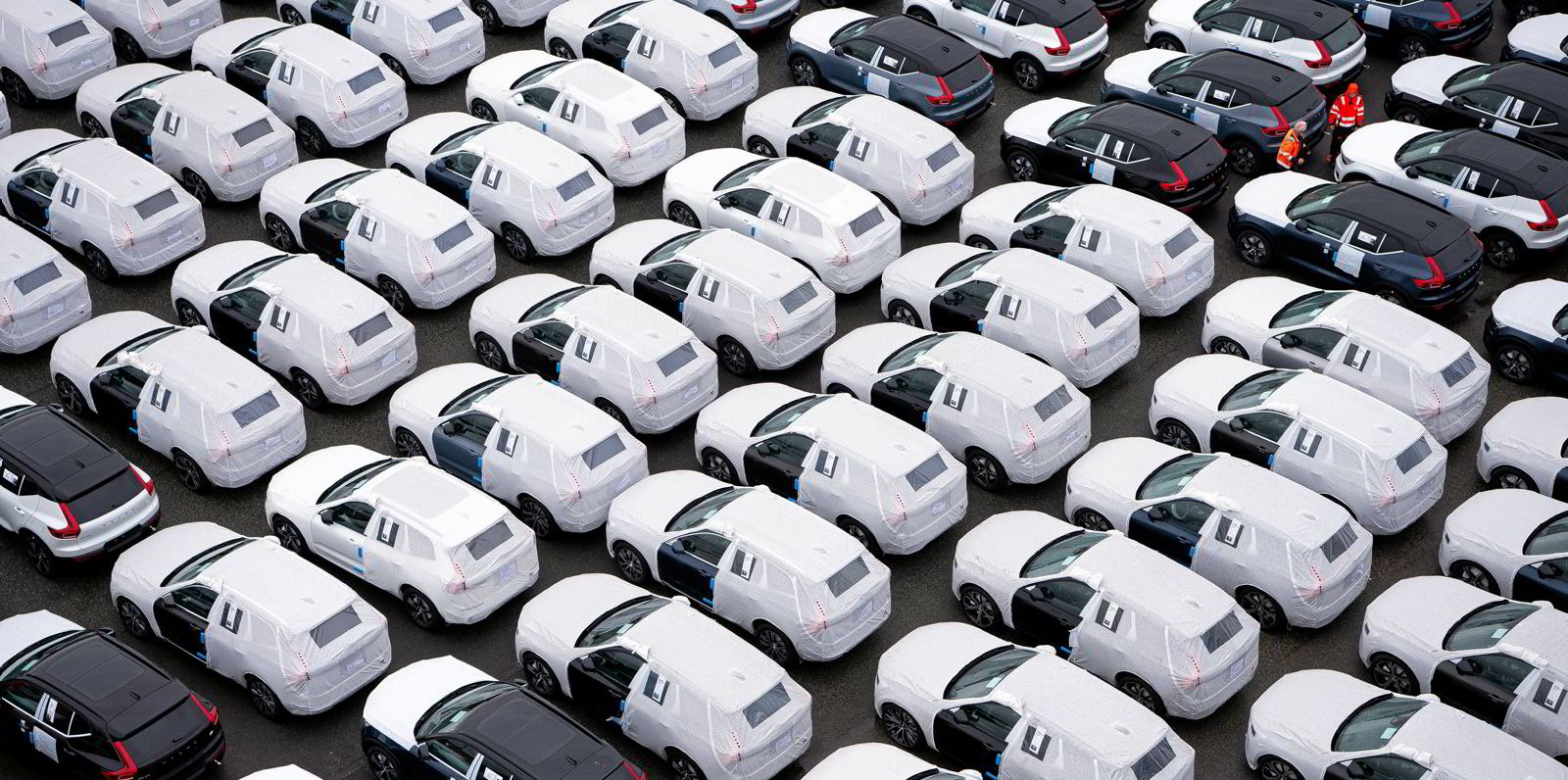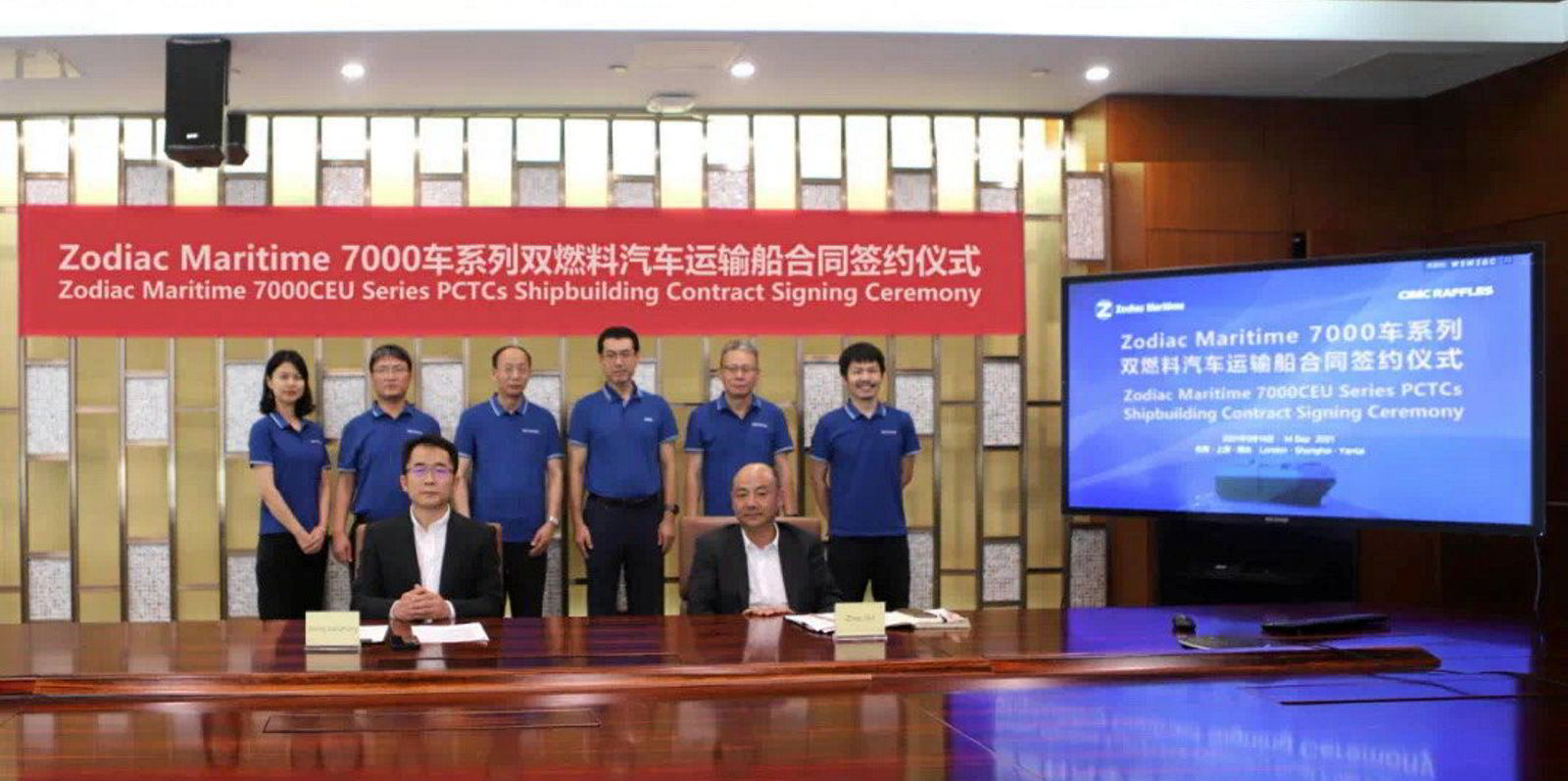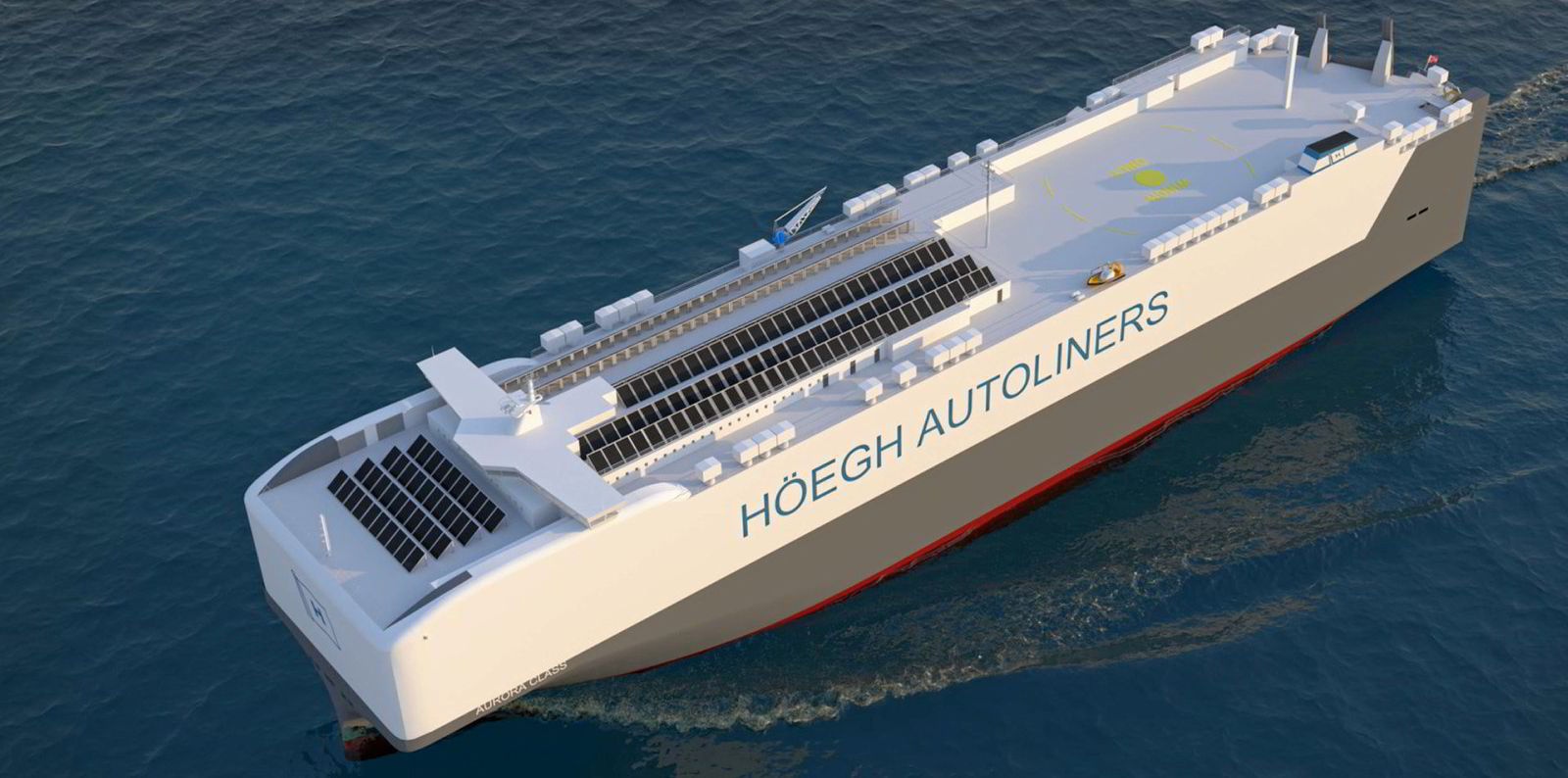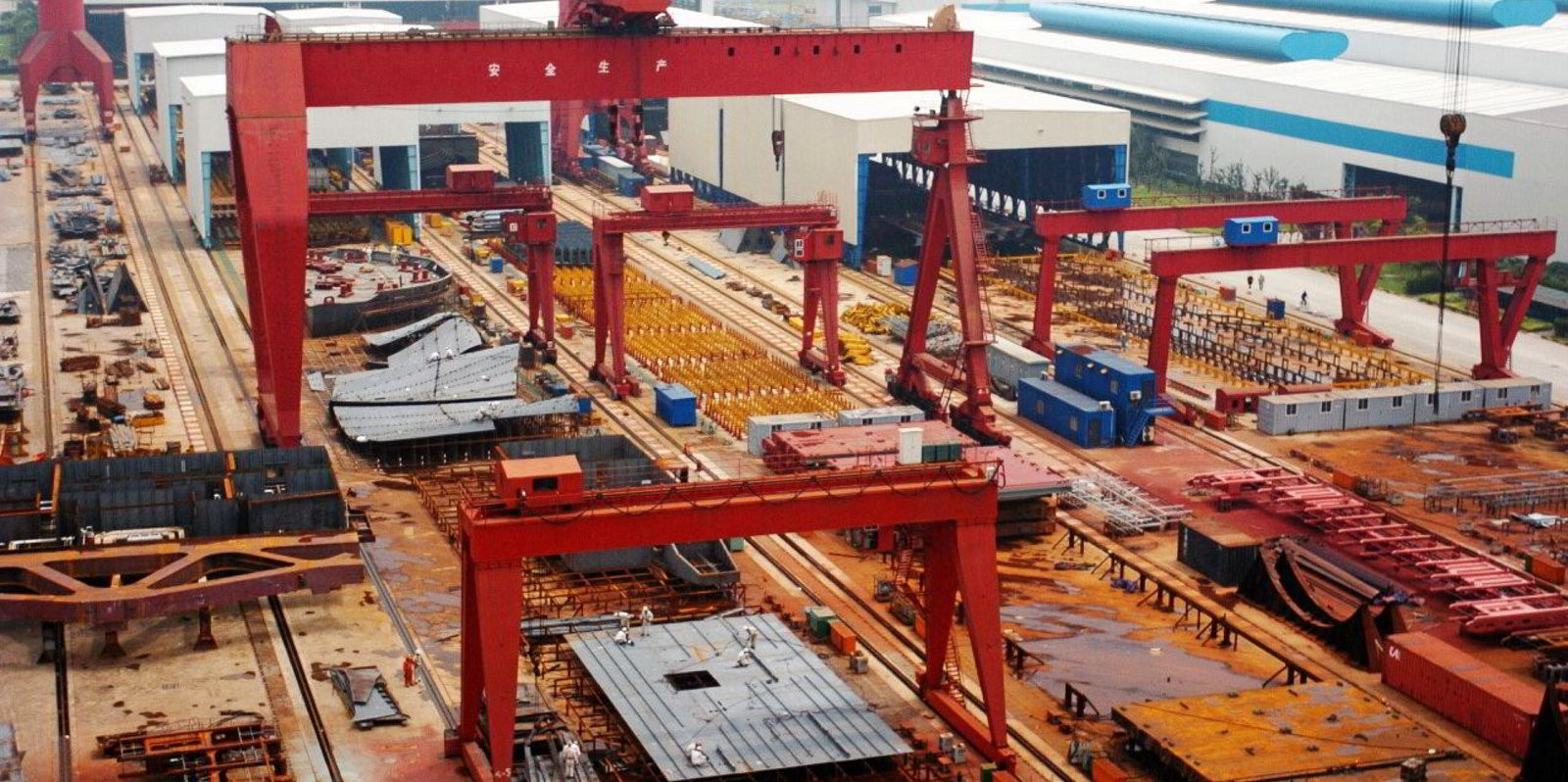The world's car carrier orderbook is not ready to accommodate a surge in export demand brought on by changes in automobile manufacturing and new trade patterns.
In interviews with TradeWinds, analysts from Fearnley Securities and Clarksons both pointed to a very conservative baseline in ship supply. Despite this year's rash of orders, they believe supply will have a hard time catching up to demand for some time.
Fearnley Securities and Clarksons prefaced their remarks by disclosing that they are among the companies engaged by Gram Car Carriers to advise it on a potential initial public offering.
"The PCC market has seen virtually zero fleet growth from 2016 on the back of low contracting and high phase-out of older tonnage," said Peder Nicolai Jarlsby of Fearnley Securities, referring to the pure car carrier market.
"The orderbook has increased alongside most other segments."
With the orderbook at 6% to 7% of the fleet, and yards largely shut for 2024 deliveries, he said the market outlook looks "very favourable".
Just a year ago, almost no new pure car/truck carrier (PCTC) orders had been placed for six years. Now, based on data from VesselsValue, the orderbook for PCTCs of 3,000 ceu or larger stands at over 60 (or 90, counting optional vessels). That came after contracts by tonnage providers Zodiac Maritime and Eastern Pacific Shipping, as well as Japanese shipping giants NYK Line, K Line and Mitsui OSK Lines, and Norway's Hoegh Autoliners and Wallenius Wilhelmsen.
But that count includes ships for delivery as far out as 2028.
Clarksons' Erik Tonne added that this orderbook will have to cover several demand factors related to electric vehicles (EVs).
That includes expected growth in car production, an expected increase in the share of cars for export as opposed to domestic sales, and a new set of trade routes as new manufacturers come to market.
But vehicle replacement is an additional part of the vessel supply picture, said Jarlsby.

"Although a strong market is likely to deter scrapping, the fleet is ageing and we estimate 14% to 15% of the current fleet to be at or past 25 years of age by 2025, which should ensure low net supply growth," he said.
"With new regulation soon coming into play, we do expect there to be interest in further newbuildings, but these will likely carry both a high price tag and late delivery slots due to the current yard situation."
Despite such challenges as renewed Covid-19 outbreaks and a shortage of microchips cutting as many as 10m cars from 2021 production, analysts believe ship supply will remain tight.
In addition to the light vehicle market, the "high and heavy" cargo segment that includes agricultural, mining, and construction equipment has picked up, according to recent numbers from Wallenius Wilhelmsen, who pitches to such customers more than some of its PCTC liner rivals.
"Given the strong underlying demand and low inventories, we believe the seaborne auto market is poised for a strong volume recovery in addition to inventory replenishment once current chip shortages have been resolved," said Jarlsby.







